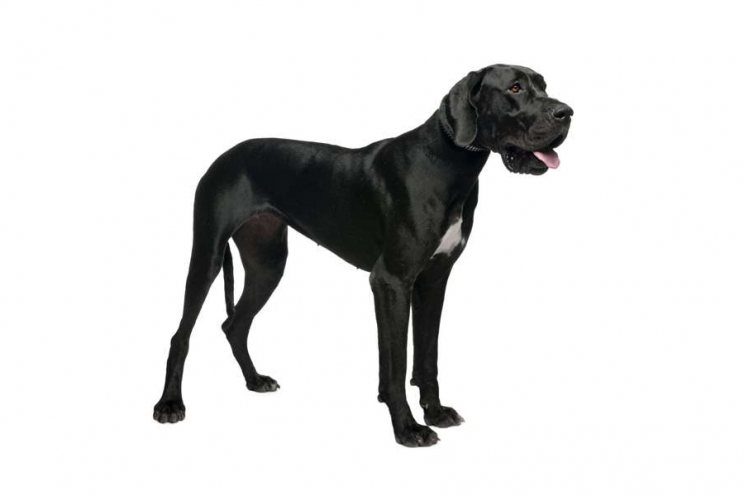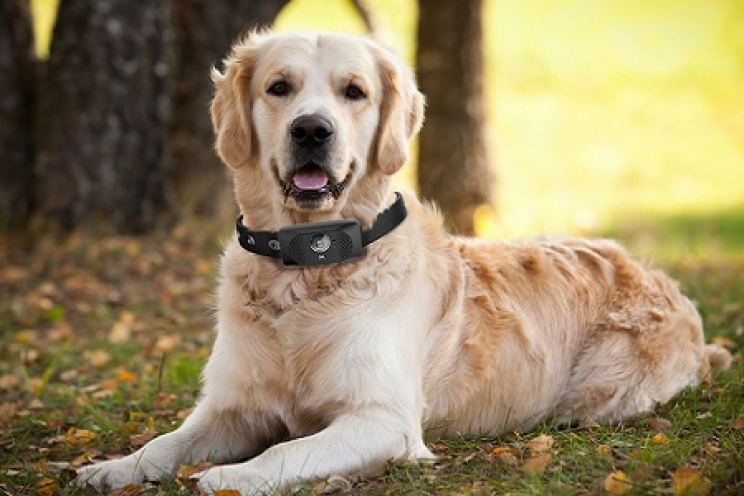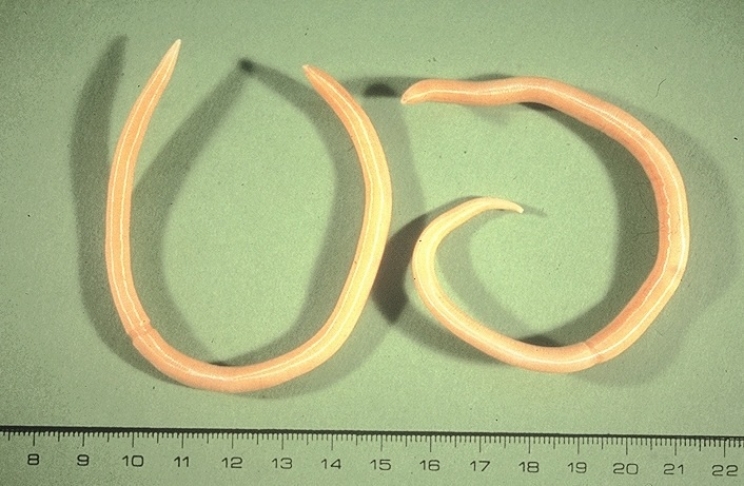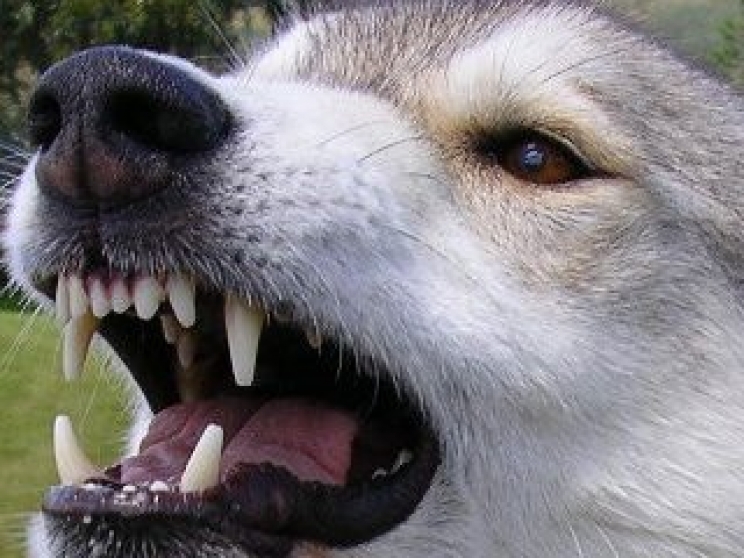All dog owners know that the owner should take care of their pet. So, from a young age, we try to get him used to our habits and train him to ensure a civil coexistence with other dogs and with other people we meet, wherever we are.
If our dog decides however to bite someone, the bite might need hospital help and some kind of first aid kit. At this point, what will happen to us as owners of the dog? or what will happen to our dog?
The first consequences
Firstly, always exchange your name with the owner of the other dog: this will avoid the most serious consequences, because we are assuming our responsibilities even if we will probably have to compensate for damages to the other. If we run away we will certainly be running away from our duty, if we are tracked down by the police, the consequences, (usually economic) will be much heavier.
Probably a few days later, we will receive a call from the veterinary service of the competent ASL, asking us to visit our dog.
First of all, let's dispel a false myth: the dog will not be killed, but only visited. In fact, the logic is to try to understand if the biting dog is suffering from rabies or not. It is unlikely that the dog will have rabies, especially if he lives with us, (Italy has been free from rabies for many years, except for some cases that occurred a few years ago in Trentino Alto Adige, the border region) but the public service must still check. The vet visit is at our expense.
Reference is made to the veterinary police regulation, law 320/54 and subsequent amendments.
In the event of a bite, the dog (which has bitten) must in fact be imprisoned for 10 days. In the past, they were imprisoned in a kennel, while today "house arrest" is preferred: the dog cannot leave the confines of our property for 10 days. However, we are forced to report any changes in the animal's behaviour to the ASL, in particular demonstrations of aggression.
If there are no particular consequences, (from the point of view of the public service) everything will be solved. If we come across a particular event, additional checks will be carried out.

The longer consequences
The longer-lasting consequences of biting are generally financial. In fact, if our dog has bitten another person or another animal, the law blames it all on the owner, who is responsible for the aggressive behaviour of his dog; the damaged individual (either the other dogs owner or another person) has the right to seek damages.
The advice is to find an agreement without entering into legal disputes; if he is a person you can maybe discuss some options. (Maybe we will be able to pay the veterinary expenses if his dog is bitten).
The alternative is to go before the judge, with all that follows. To avoid this, we both sign a notice in which we will write that neither party will take legal action following the bite of ... (date); we also keep a photocopy of the other person's identity card.
If, on the other hand, we continue in front of a judge and our dog is responsible, it will always be our personal fault. We can however request a reduction in damages to be compensated, obviously with the support of a lawyer.
We should always remember that reporting the bite is mandatory, and that if a person goes to the emergency room or to a veterinary clinic, doctors and veterinarians are forced to transmit the report to the ASL. If we can, therefore, we try to avoid, as "civilized people", all the disputes that could arise. We should always keep the dog on a leash when we are in a public place, in order to minimize the possibility of aggression.










